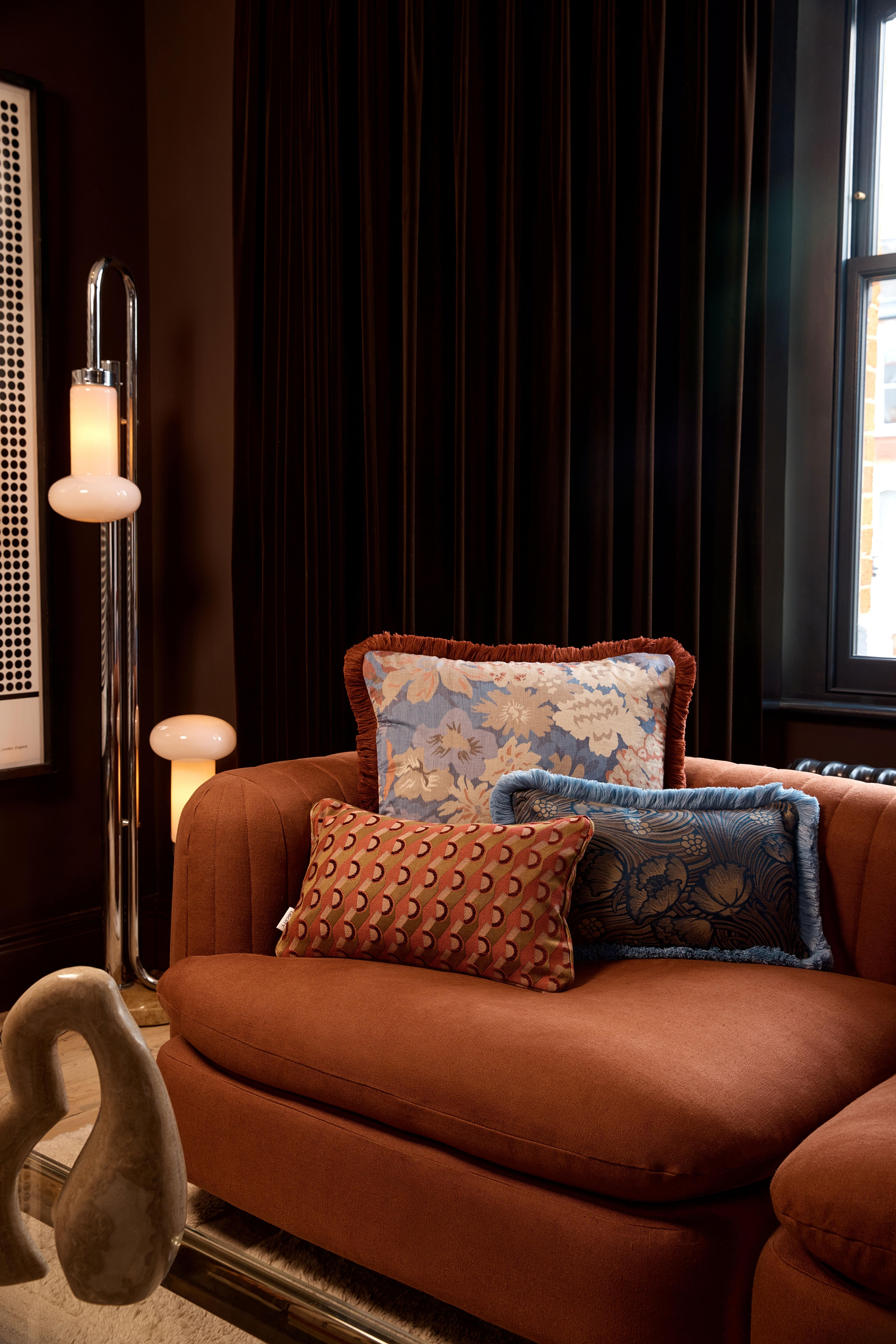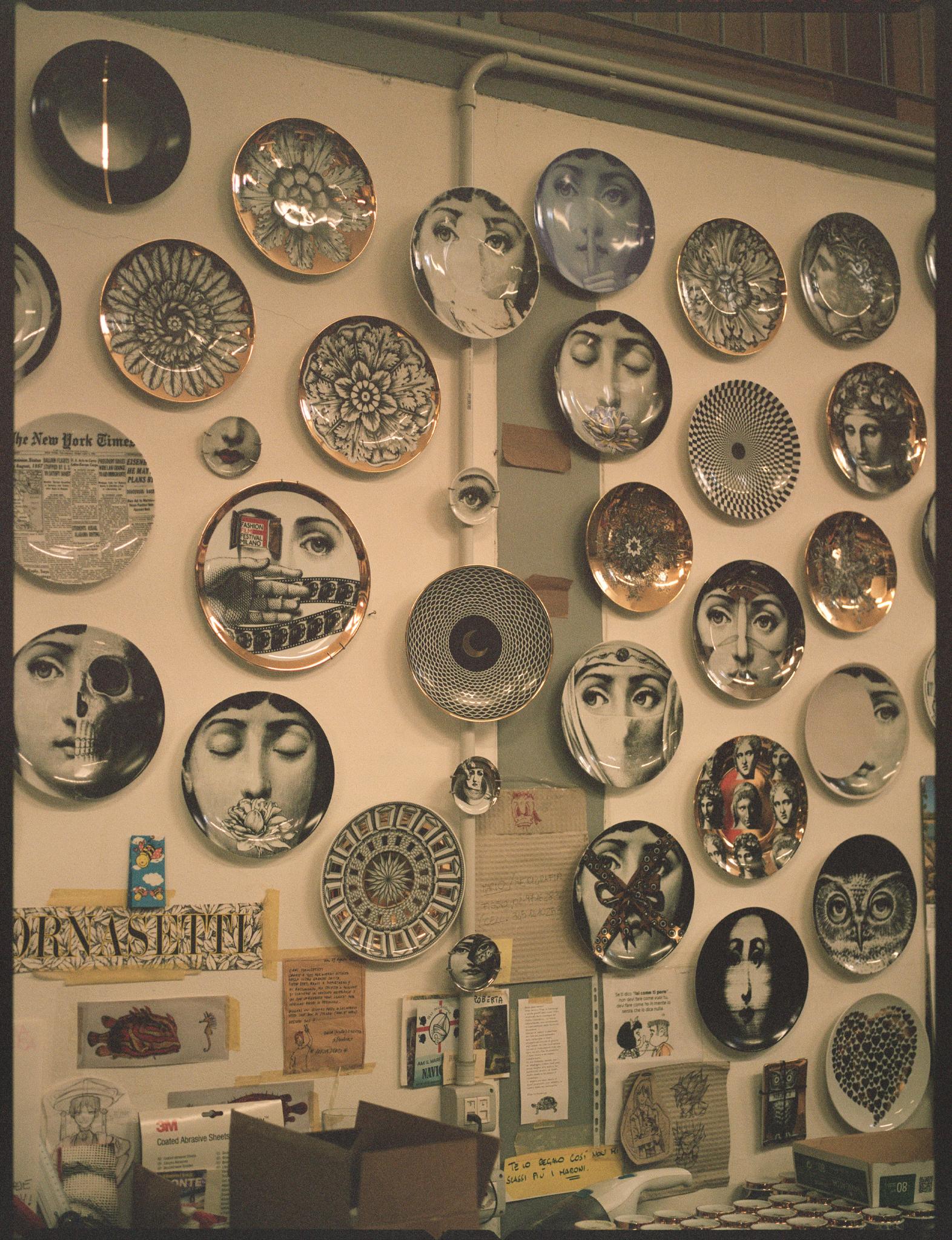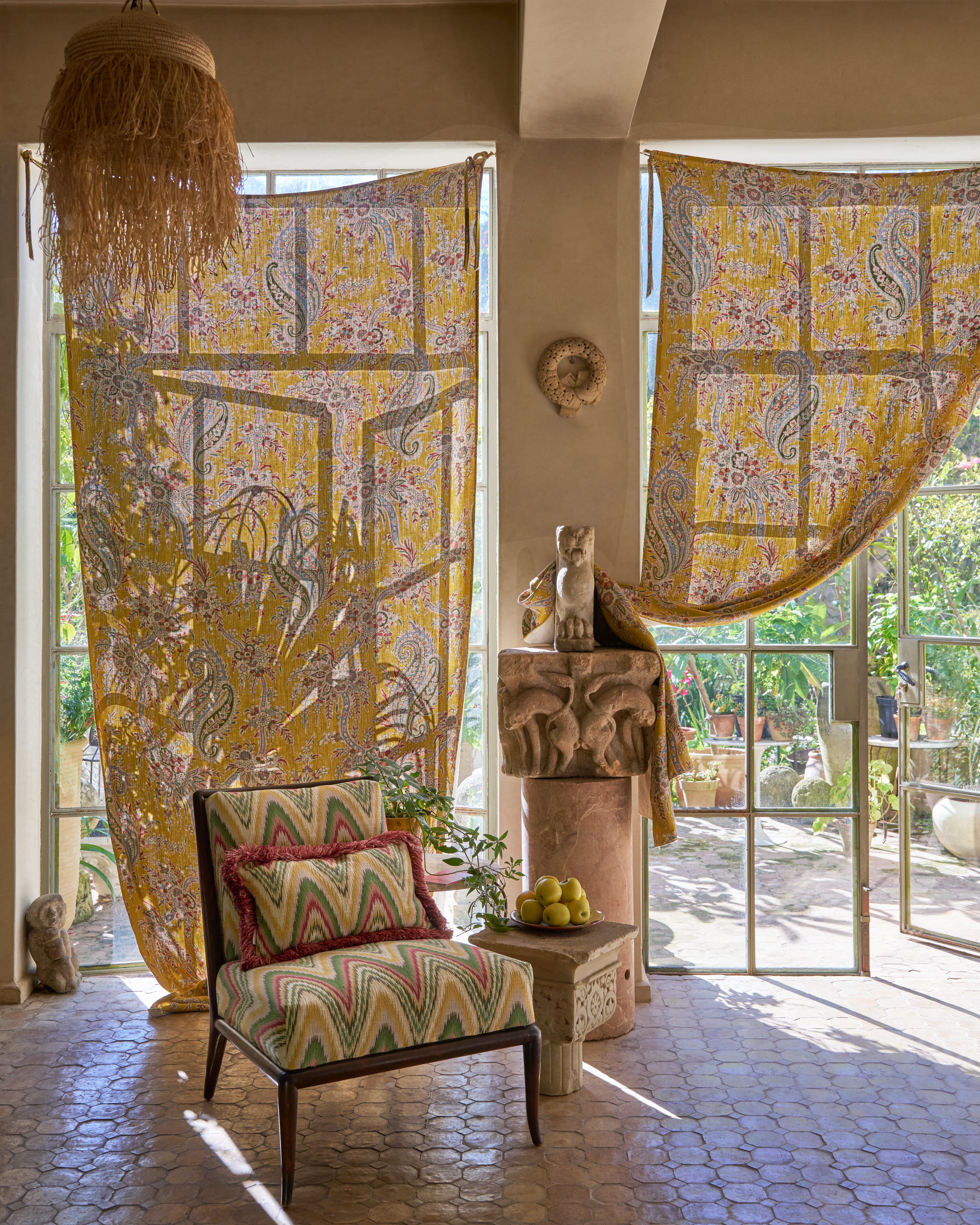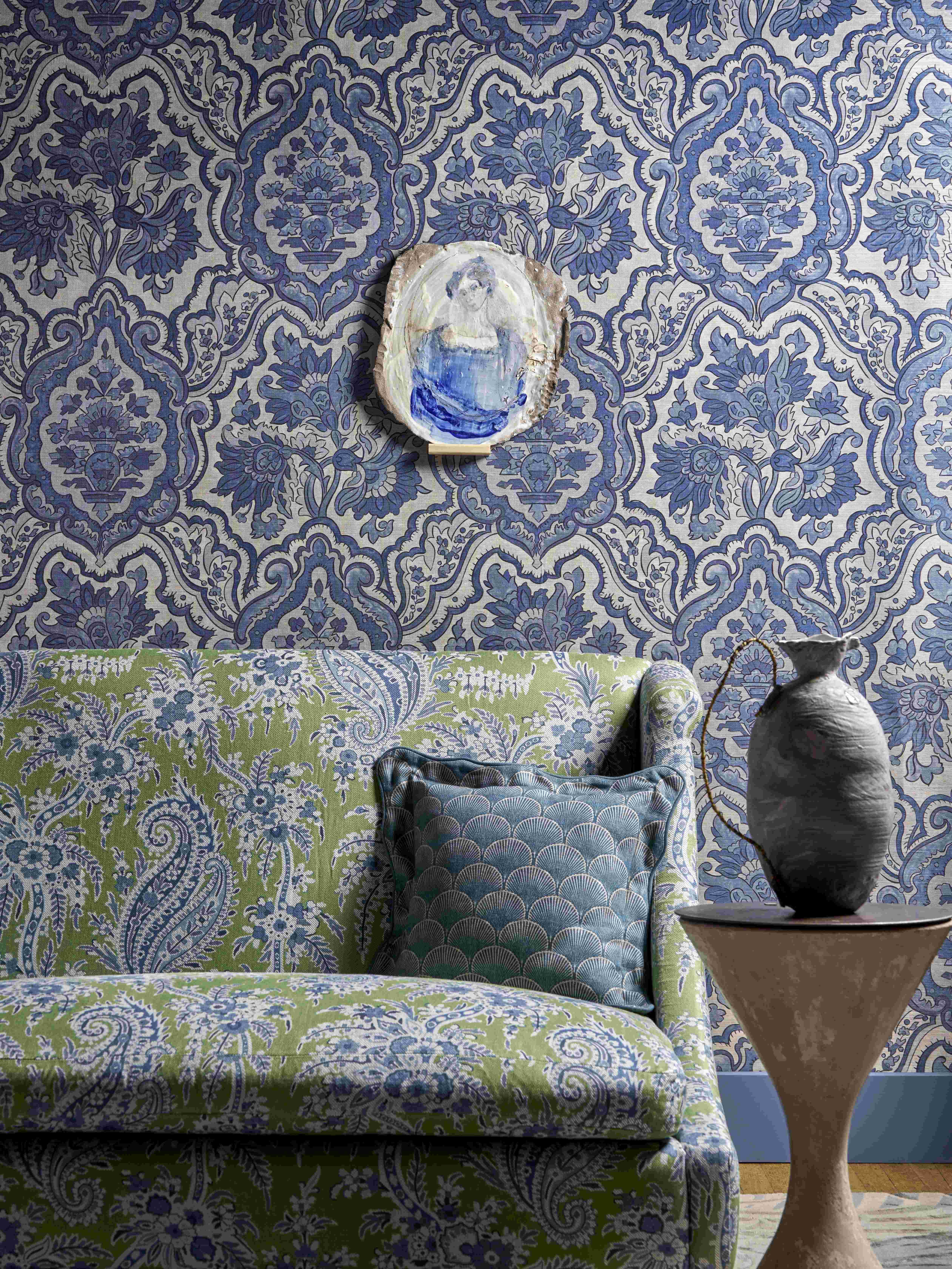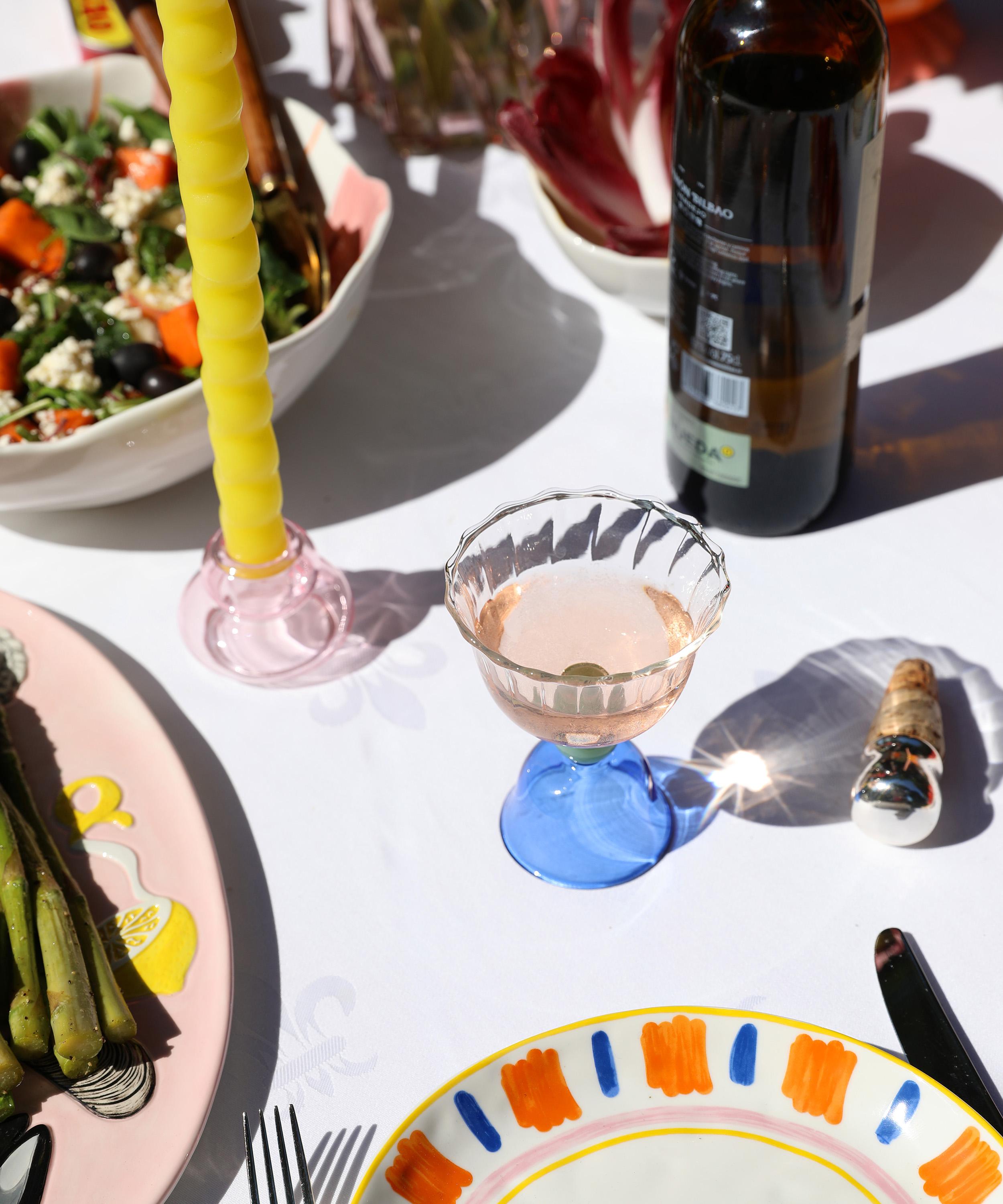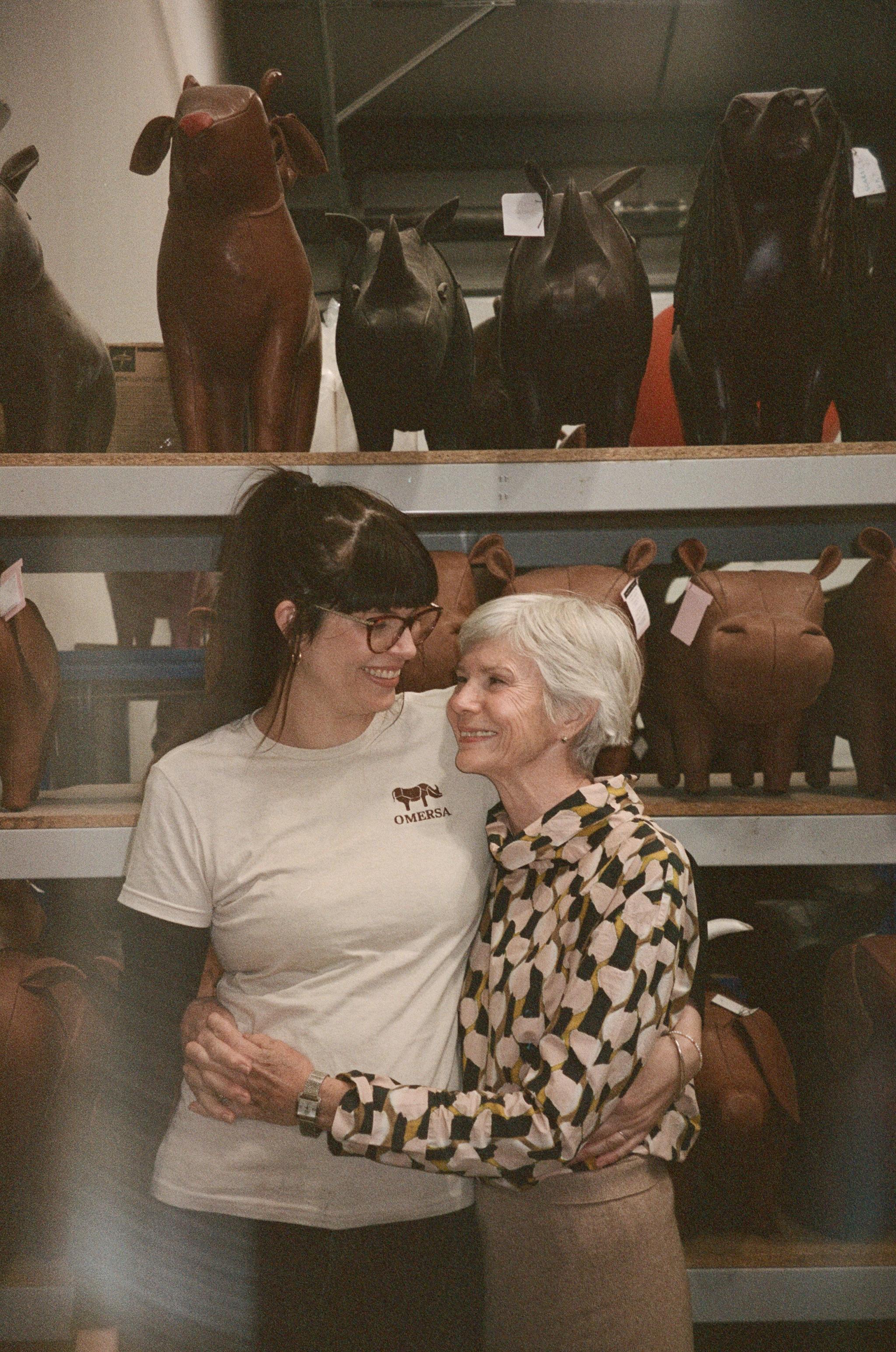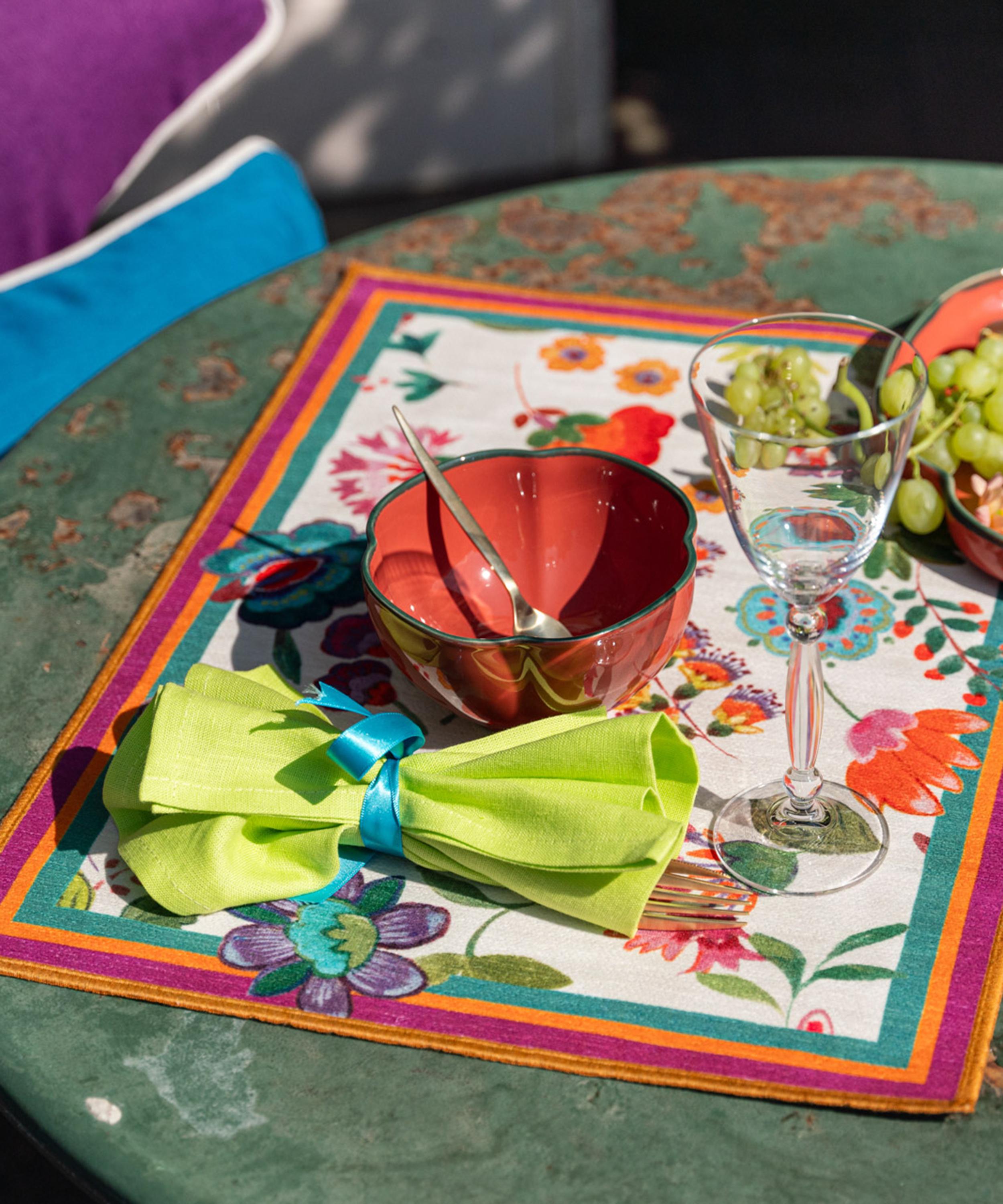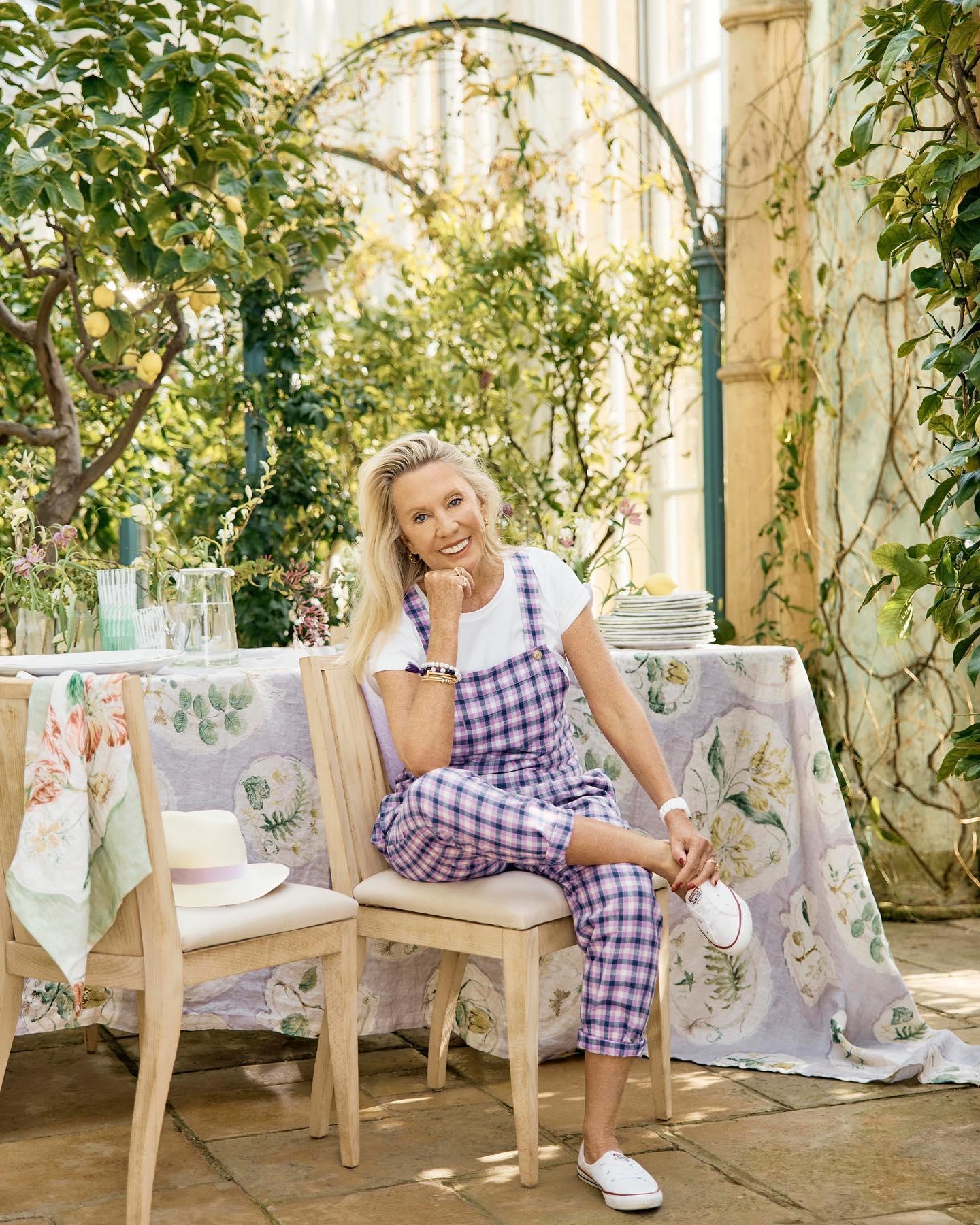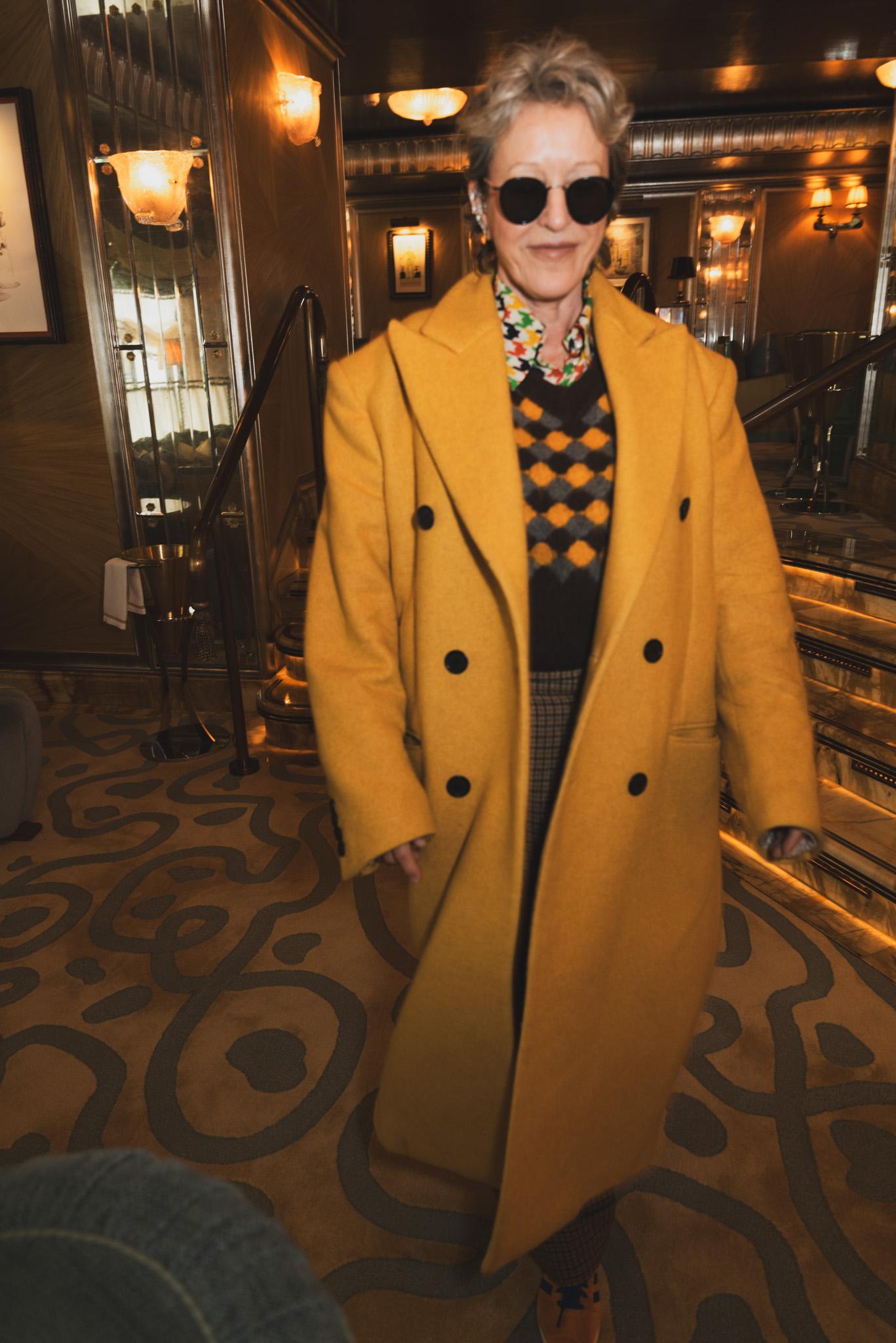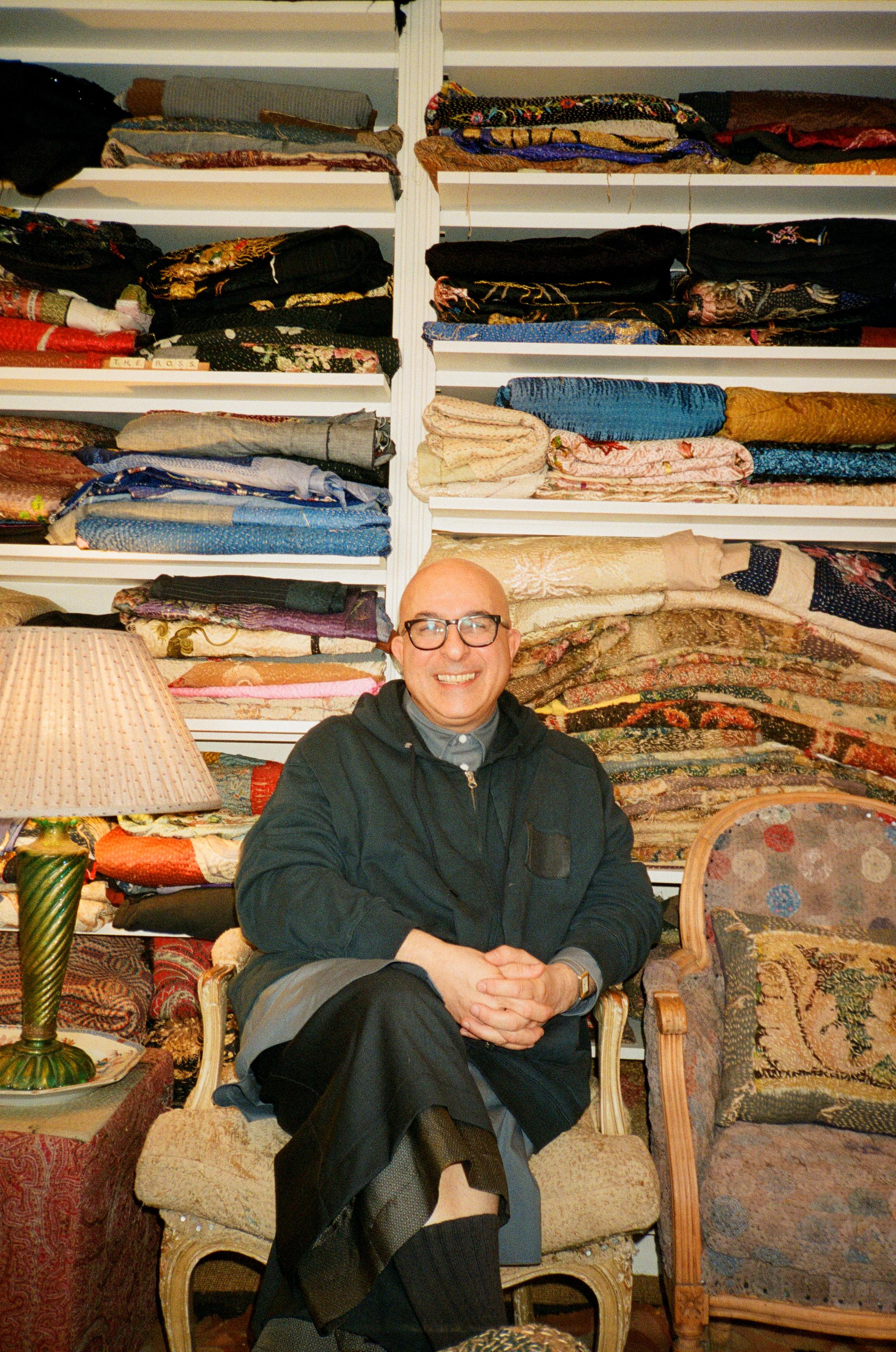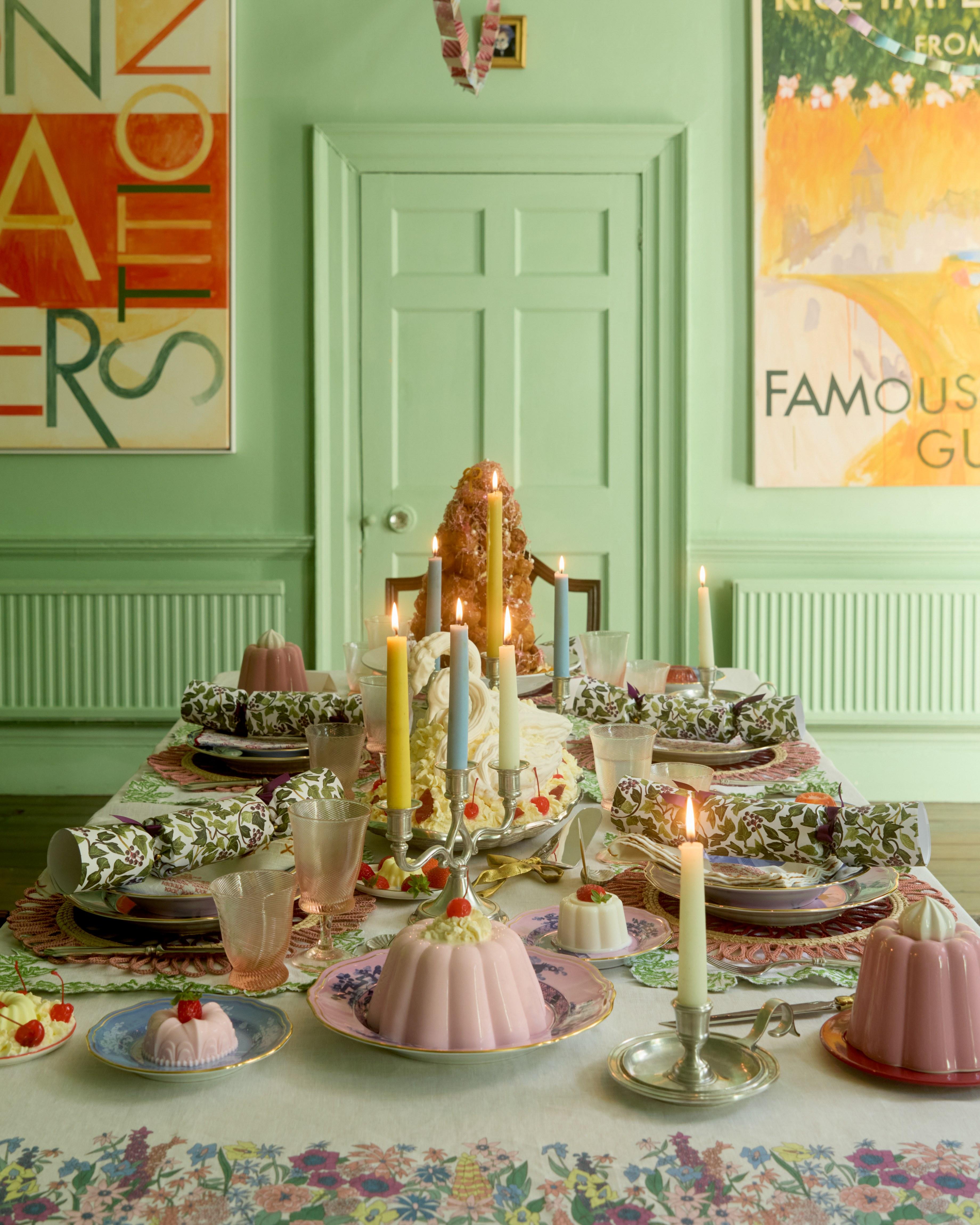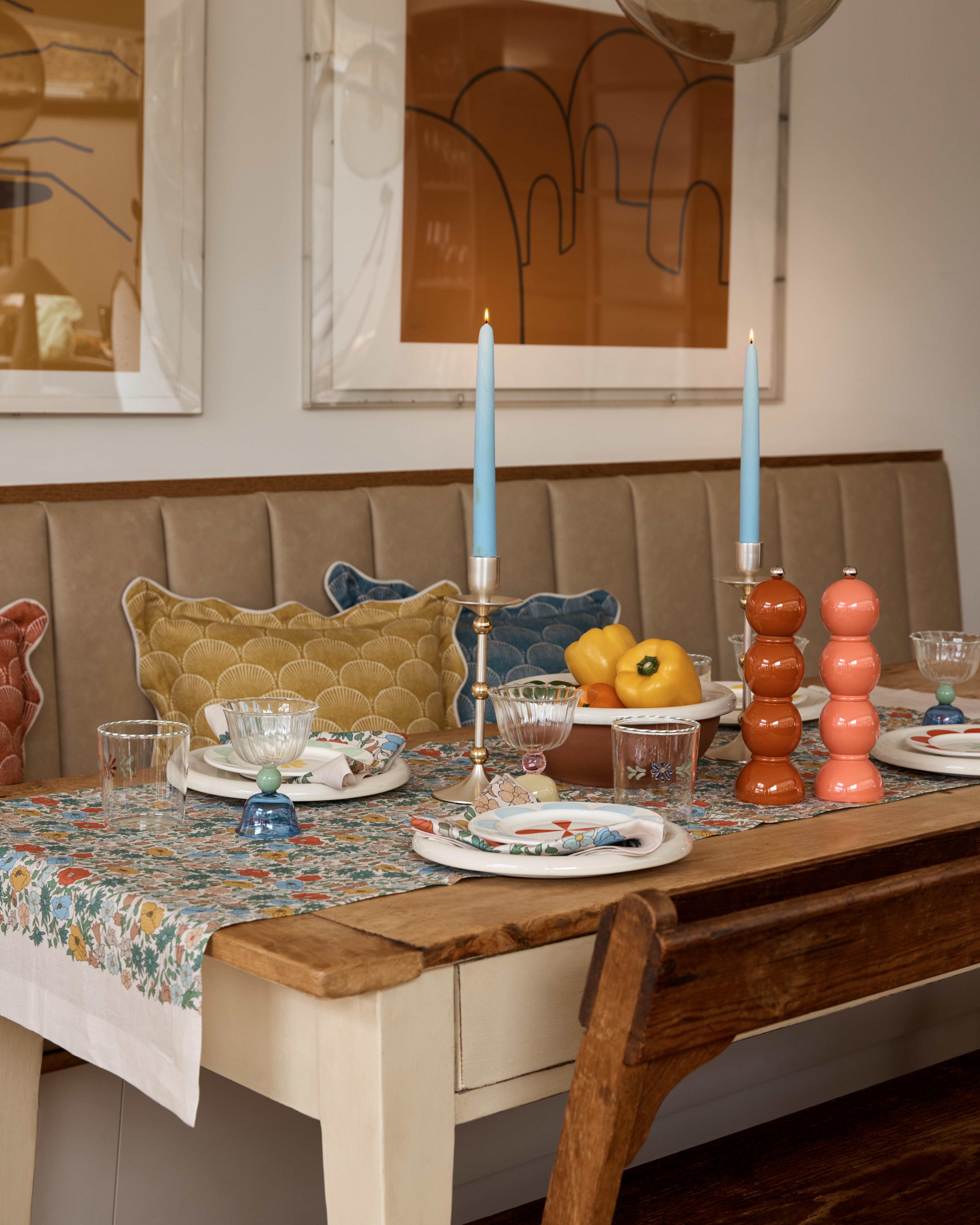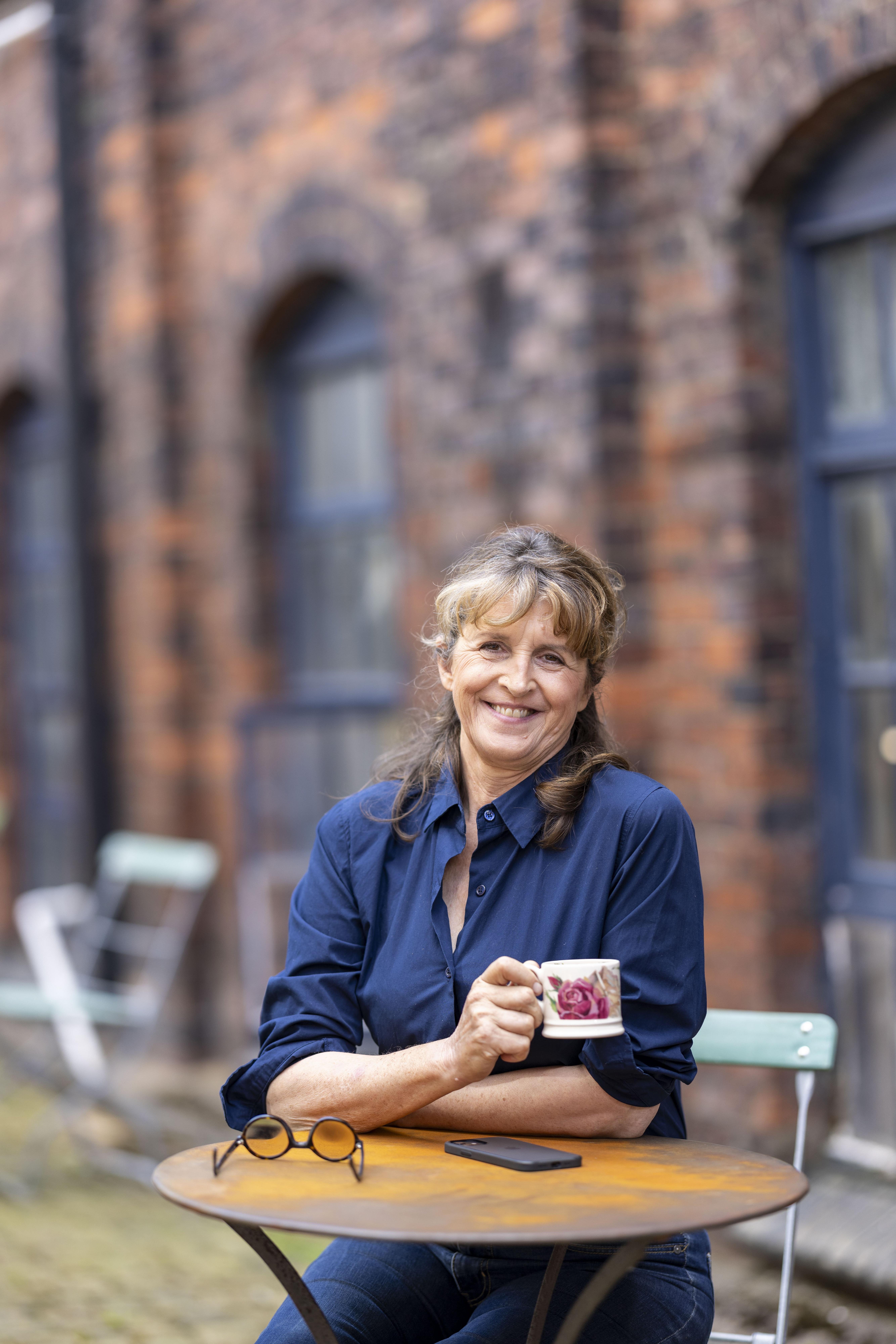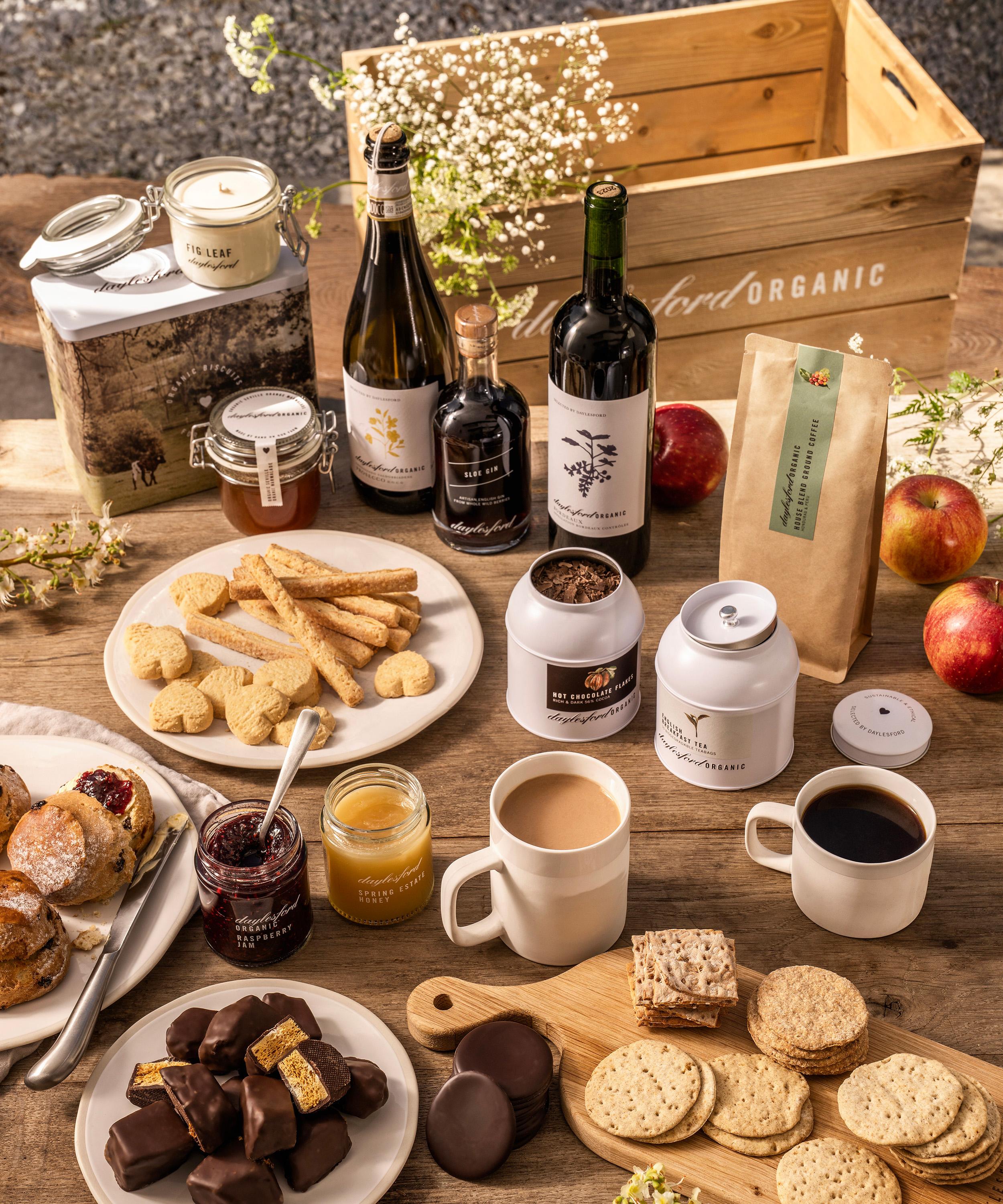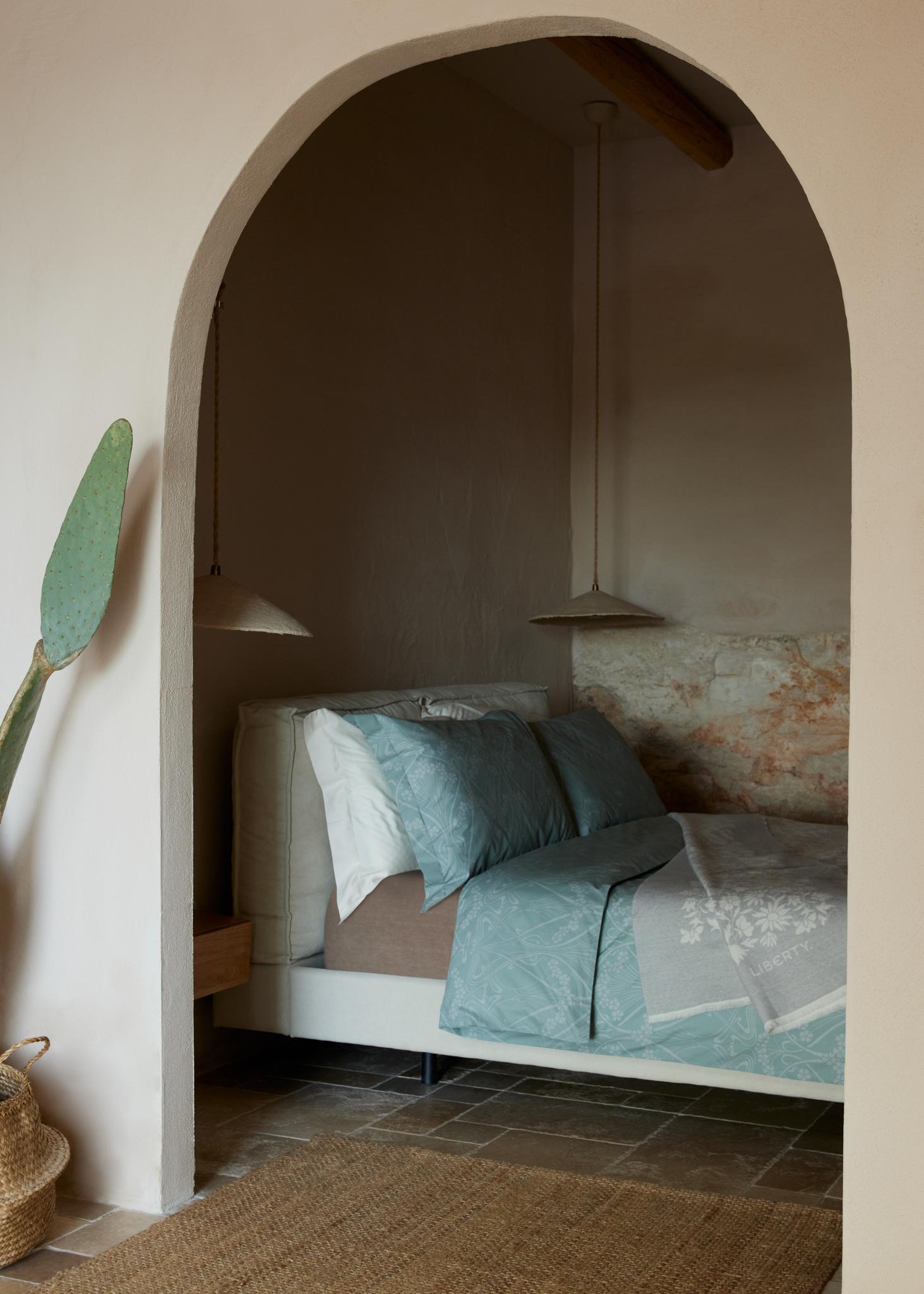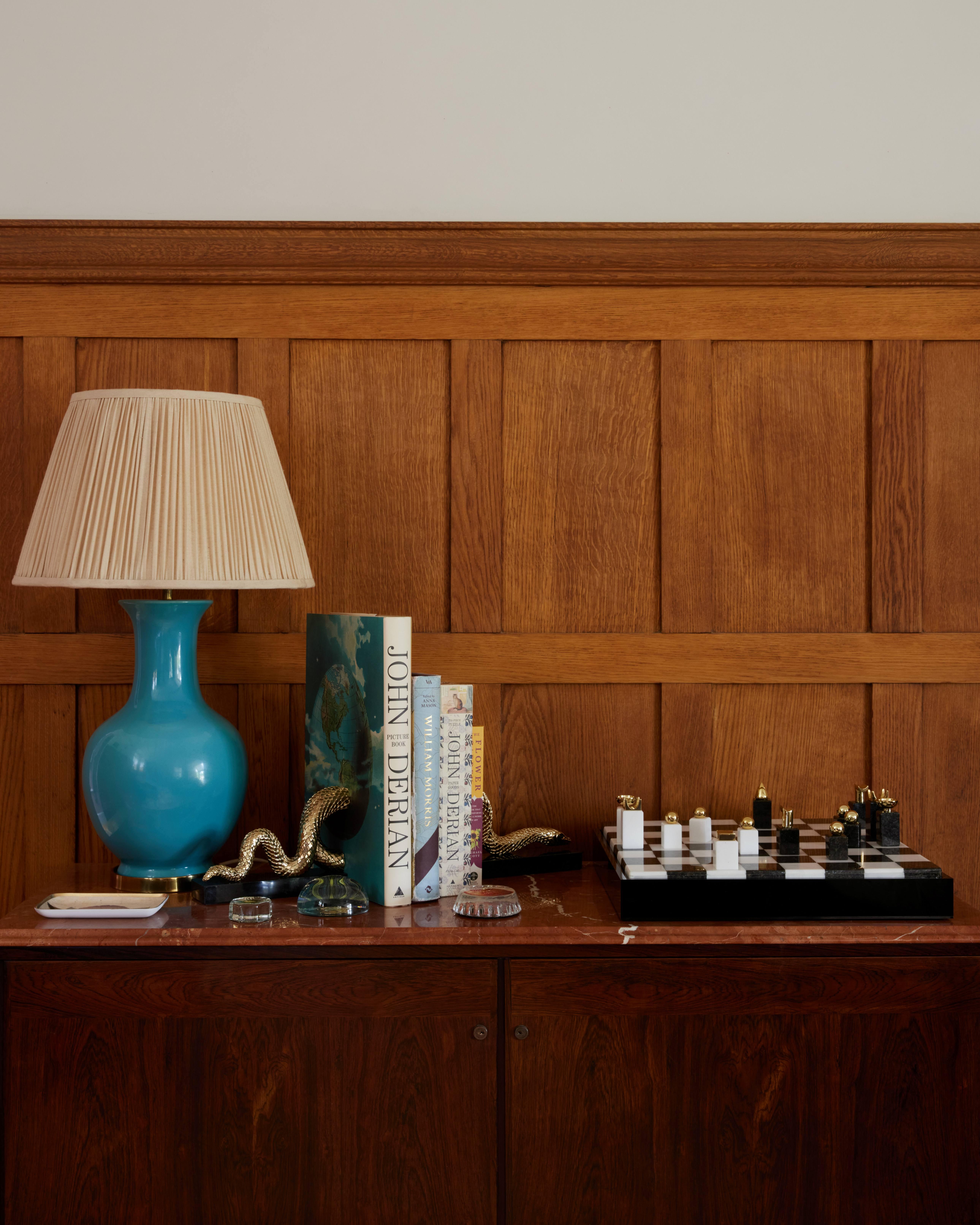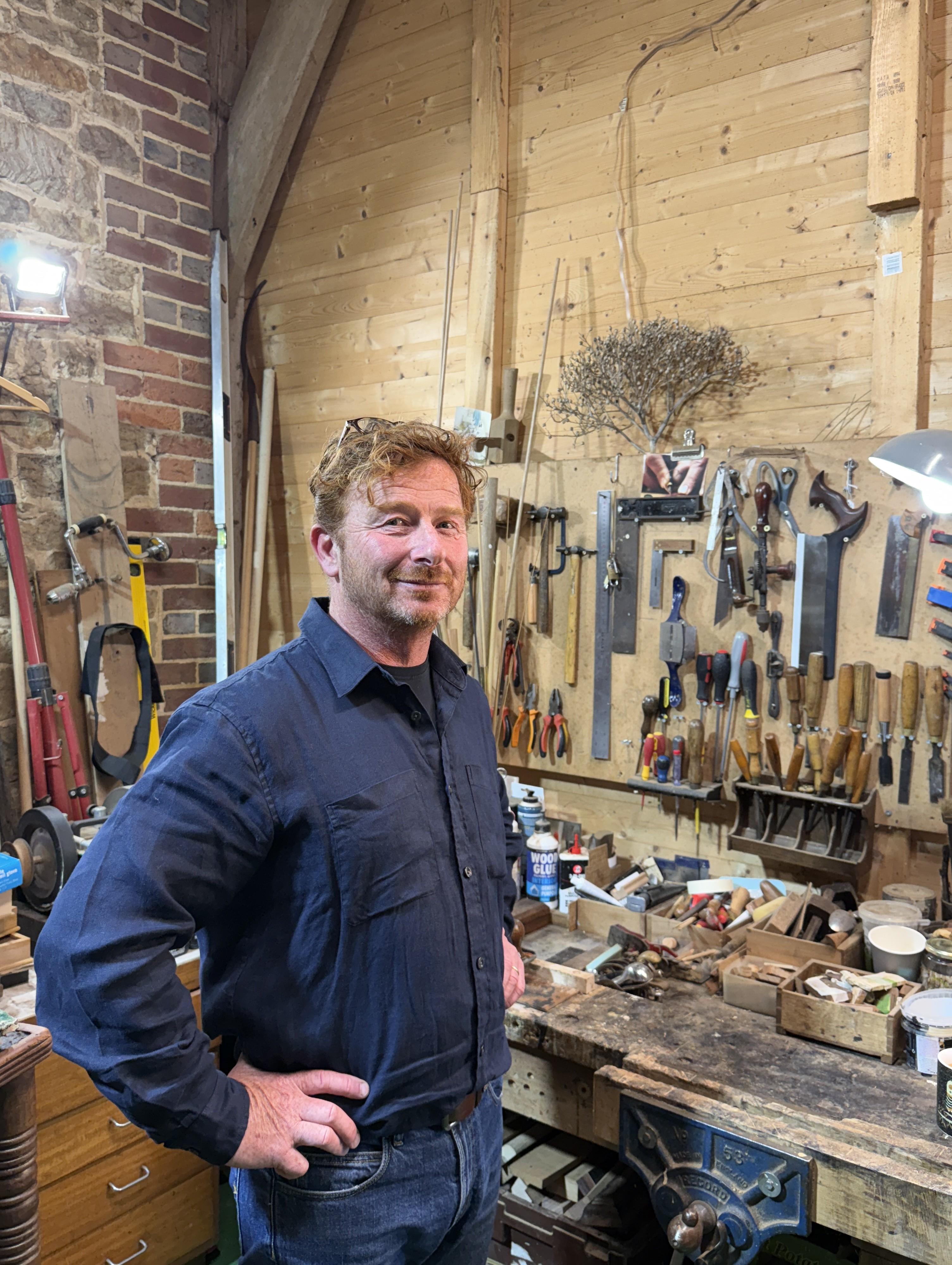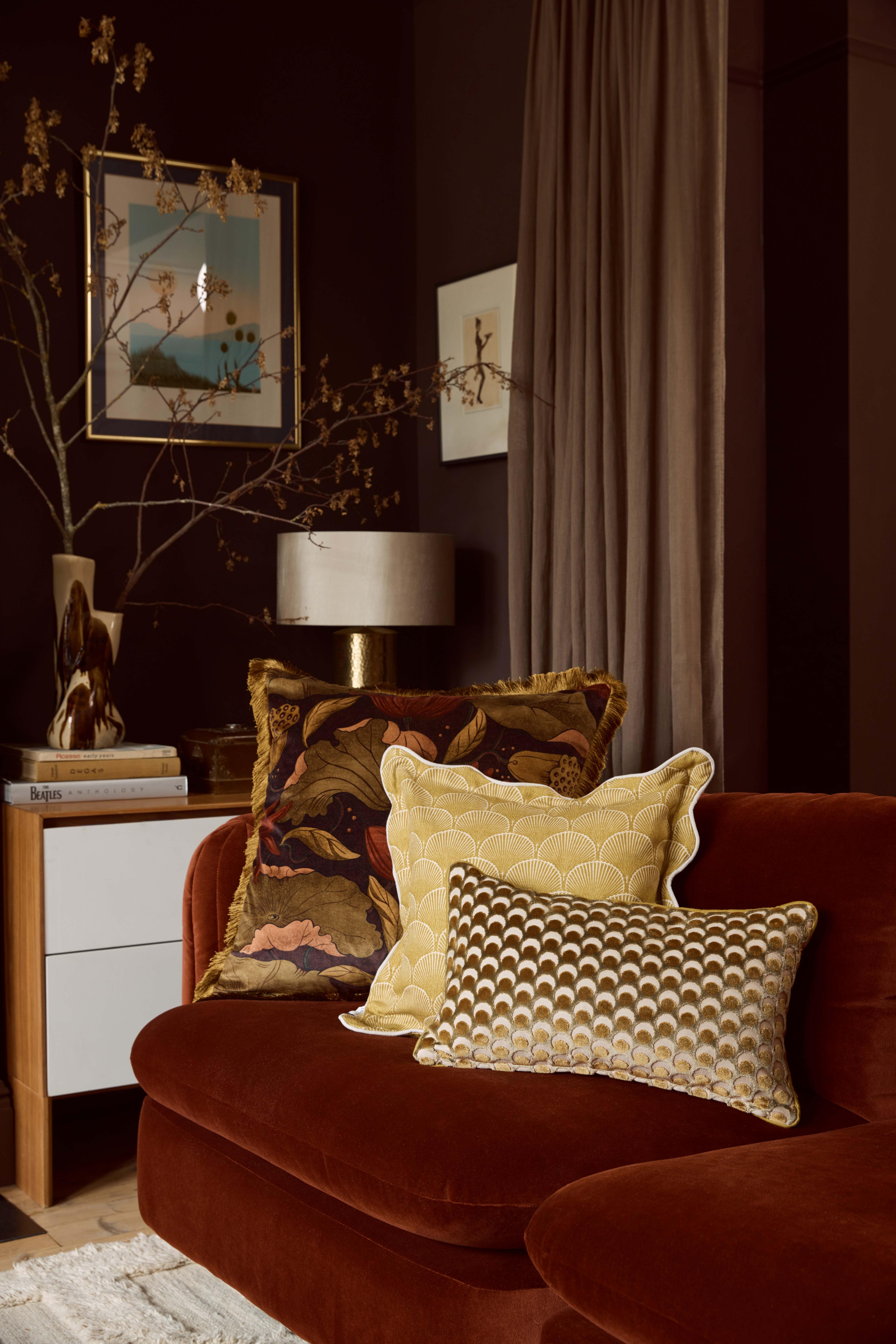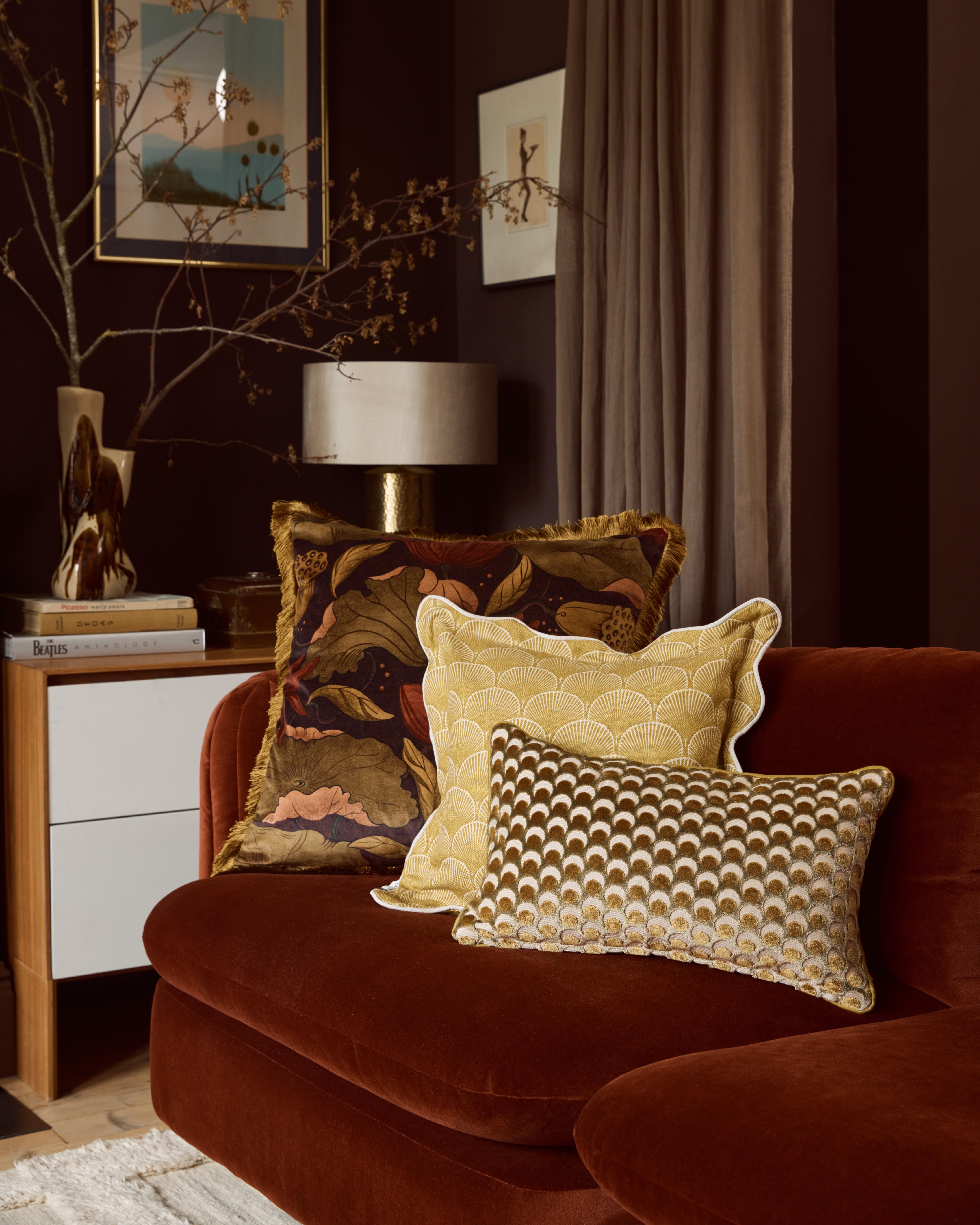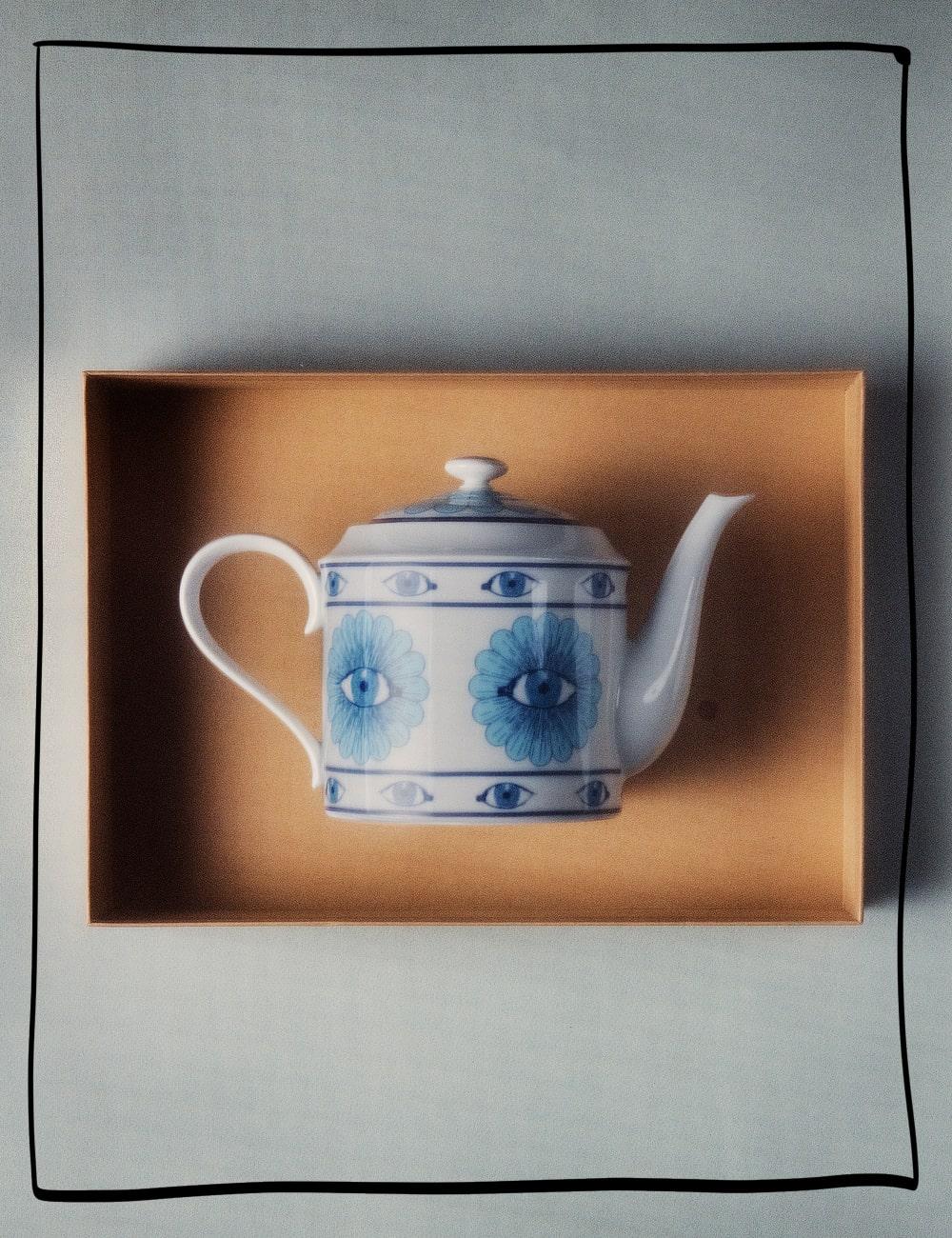In the Studio: Astier de Villatte
As we welcome the brand’s extensive collections online, we talk creative energy with its enigmatic founders.
Read more
Astier de Villatte
As we welcome the brand’s extensive collections online, we talk creative energy with its enigmatic founders
Shop nowBy: Team Liberty
Having met in the ‘90s at the Beaux Arts school in Paris, young designers Benoît Astier de Villatte and Ivan Pericoli turned their attention to ceramics - bringing together a group of creatives and experimenting with a kiln inherited from Astier de Villatte’s father. A flagship store on Rue Saint-Honoré followed in 2000, with carefully trained artisans hand-crafting every perfectly imperfect piece from an antique workshop in Bastille. Today the unmistakably French brand remains small-scale, led by spirit and feeling, rather than commercial demands. Visiting the enigmatic founders at the brand’s Paris studio, we talked creative energy, like-minded collaborators and finding inspiration in the neglected.
How did Astier de Villatte come into fruition?
Often when I’m asked, I say by mistake but really, we wanted to do something creative after art school and it happened that Benoît’s father had a kiln. In the beginning, we were making a lot of furniture and so we used to the kiln to create ceramics to decorate it. We didn’t do much white at first. We waxed the pottery we did, painted it and then took a little booth in a show in Paris. American, Japanese and English people came and they bought everything, so we had to start a business!
We ask people to produce with a good spirit so the pieces look almost alive. We’re not trying to do a super-efficient, industrial production.
How many people do you work with today?
We are around 70 in total. Almost 40 people produce the ceramics in our studio in Paris. We hire people who have no knowledge of ceramics because the way we work is a bit unusual and we don’t like people to have a preconception of how to do it. Also, it happened just by chance that we have a lot of Tibetan people in our workshop so it’s fun because although we are in Paris it’s like a little Tibet. We have ex-monks chanting while they do the ceramics and everything is done quite slowly – it’s calm and nice. We ask people to produce with a good spirit so the pieces look almost alive. We’re not trying to do a super-efficient, industrial production.
When we started out customers would say they liked the shape but wanted us to do beige or ivory - but we liked white because of the energy.
How involved are you in the designs?
We do all of the design, or collaborate with friends and nice people, so we look after that. We’re also in charge of special projects, like the Liberty project – we designed the space
You’ve worked on some really interesting collaborations; do you have criteria for choosing these creative partnerships?
Most often it comes very naturally but the last collaboration we did was with French singer, Lou Doillon. We didn’t know her but we contacted her and said that we would like to meet her because we loved her drawings. This is a bit rare, usually we don’t contact people like that. It happens more with friends or people we know like John Derian.
You mentioned before that you didn’t initially work with white glaze but it’s become your signature. When did this come in?
It’s true. When we started in 1996 we used a clay that was dark and rough and put our pure white glaze on top of it. Now it seems normal but if you go back 21 years people didn’t do any white – it was bit shocking and too punchy. When we started out customers would say they liked the shape but wanted us to do beige or ivory - but we liked white because of the energy. White plates also make food look good. We would be happy to do other colours - we’re sure that one day we will - but we haven’t found something as strong as the white yet.
We have no marketing service so we only do things when we’re inspired, regardless of whether its sellable or not.
What’s unique about the way you create?
We have no marketing service so we only do things when we’re inspired, regardless of whether its sellable or not. The whole team are very touched by antiques, things neglected or forgotten. Everything is done in the workshop in Paris. Even collaborations like John Derian – we have a woman who puts on the decals, different layers of colours which are like silk prints.
How often do you produce new designs?
Minimum twice a year because we have shows in September and January but we try to produce new things all year long. Sometimes we are inspired to do things all the time and sometimes there’s no inspiration at all – there’s no rule. We would be very bad for the fashion industry!
Your shops – and the new Liberty space - have a very distinct aesthetic. What was the thought process behind it?
With the first shop, we were lucky because the space had been closed for 30 years before us. It was an old DIY shop selling colour pigment. Everything was in bad condition so we fixed it but tried to keep as much as we could. We added things but the base was very nice. We opened a second shop in Paris last year and although we changed lots and tried to do something different, in the end it looked exactly like the first one. The Liberty space also looks like our shop and it’s fun for us because it goes with the atmosphere of Liberty. It’s a bit like a collaboration, we like keeping the spirit of the other person, not trying to crush it with our personality. A space like the one we’re in is special because in other places there’s not a frame like Liberty, it’s very unique.
